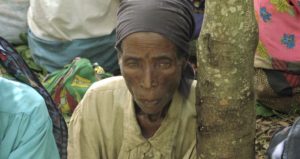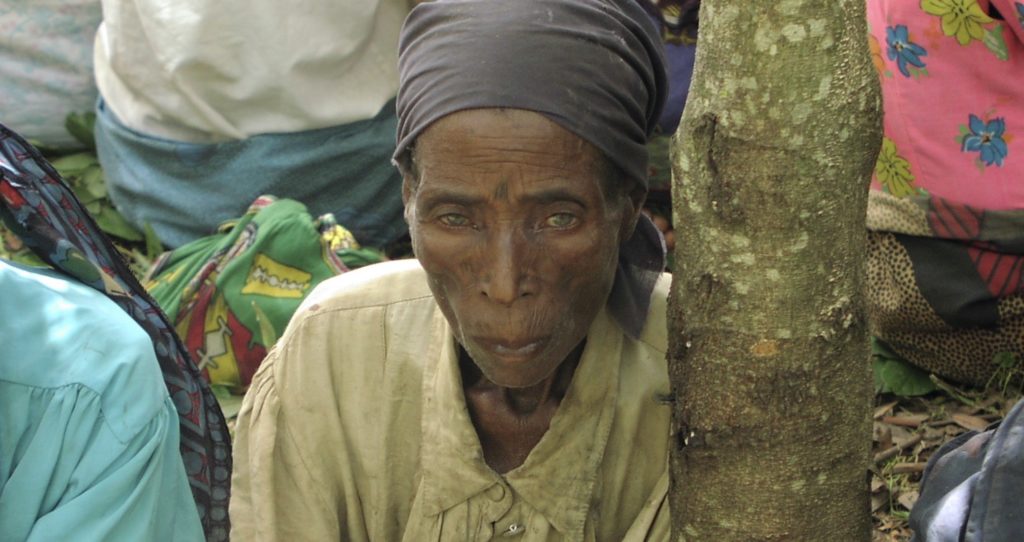
Lilongwe, Malawi … It was 2001 and sub-Saharan Africa, and especially Malawi was caught in the catastrophic grip of the worst famine in 50-years. People were dying in the fields and along the roads. Village families were selling their possessions, and some reports indicated many were even giving their children to anyone who might have enough food to keep them alive. Rural residents were eating corn husks, and digging up roots from the ground, in an effort to obtain enough nutrition to survive another day.
All the while 8 of the 10 major stories of the year focused on, (1) an earthquake in India, (2) progress in the human genome sequence, (3) the military conflict between Israel and Palestine heating up, (4) the after-effects of the 911 attacks in New York and Washington, (5) China joining the World Trade Organization, (6) The U. S. withdrawing from the Anti-ballistic Missile Treaty, (7) Afghan Taliban Regime Collapses, and (8) the World Economy suffering a serious slowdown.
In all of the “big things” taking place in the world, the people of Malawi were suffering in silence and with insufficient help for many to survive. The images of suffering were embedded in the minds and hearts of those who found themselves trying to bring enough aid to the country for survival.
Suzi Stephens RN, Medical Director for the Malawi Project remembers the faces of those who were suffering the most. “Many of these people were people I knew personally from earlier years. The children were the ones who had been laughing and jumping around, playing happily in our yard in the early mornings. The mothers were those I had shared meals with, and the ones who helped teach me to cook over a charcoal fire at some of the big church meetings. The men were churchmen who had smiled at me as I worked to learn the culture and give medical care to their wives and children. Now there were near blank expressions in their eyes. The smiles were gone. So, too was the laughter and the warm greetings. They were just too near death to even smile or greet me. I had hoped to never see these kinds of scenes again.”
Last year a tiny blip on the news feed mentioned the disastrous typhoon that washed in from the Indian Ocean and destroyed portions of Mozambique and Malawi. Most headlines focused on the port city of Beira, on the coast of Mozambique just below Malawi on the east coast of the African map. The headlines were only there for a few moments, and if one blinked, they would miss it. More than simply recognizing the critical loss of the port facilities that served as the entrance to much of Malawi and Zambia, there was the massive loss of crops in southern Malawi. When the destruction hit it was too late to replant, and even in places where this was possible, the losses meant many village farmers were out of resources with which to re-establish their farms. Jump ahead to January 2020, and the results of the crop losses of last year are now being felt all over Malawi. More than 2.8 million people are without sufficient food, and this comes to a nation where the United Nations reports that 70% of the people are already living below the international poverty line of $1.90 per day.
As in 2001, the long lines waiting for food are forming, the harvest is still four months away, smiles are fast disappearing, and the number of running, playing, happy children are growing fewer. The images of 2001 have been frozen in time, but soon a whole new generation will be added to the picture frames of the suffering in Malawi. For more pictures from the great famine go to www.flickr.com/photos/malawiproject.
To help get food to the suffering go to www.malawiproject.org/donate/

